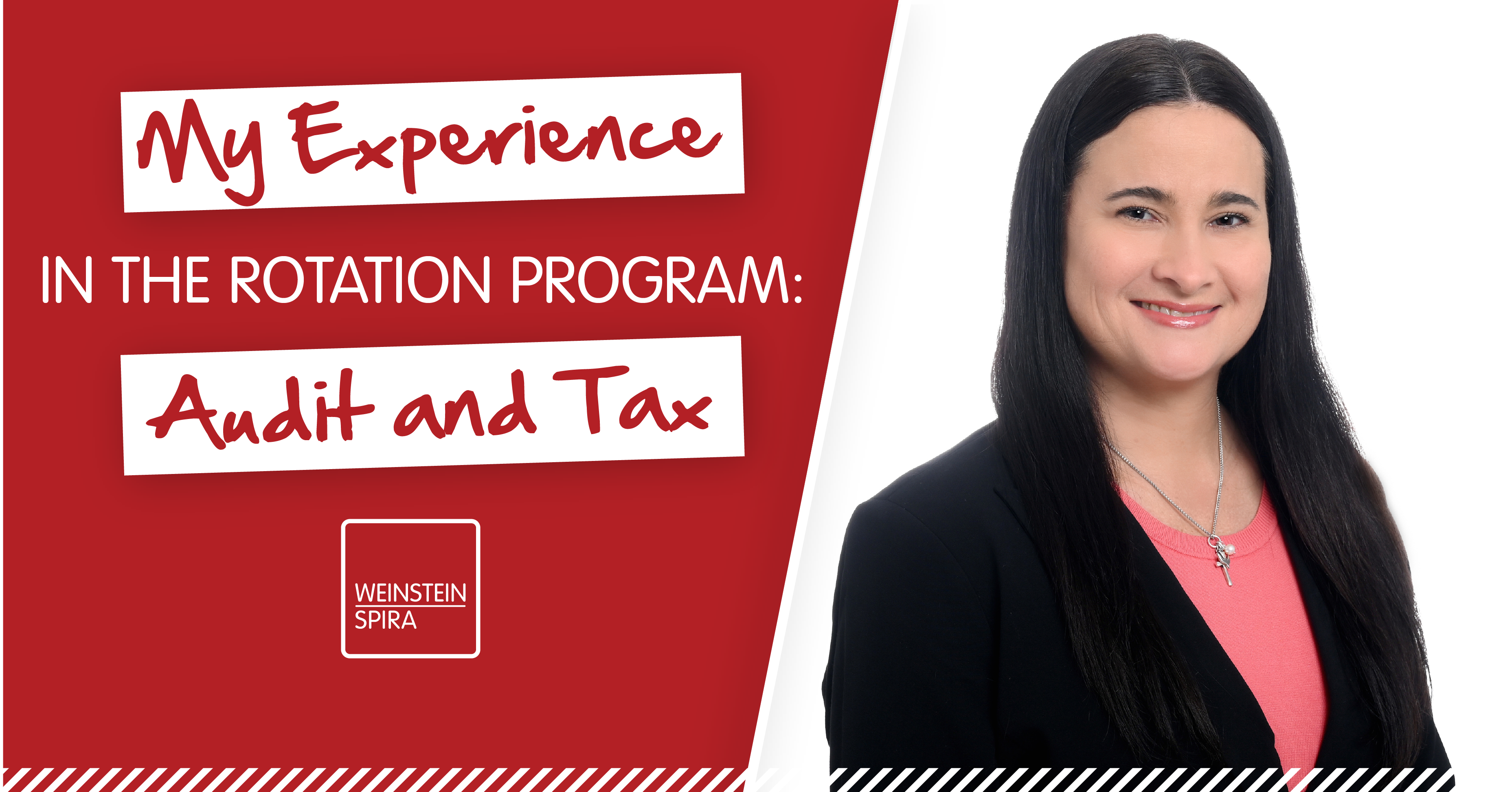What’s the secret to working efficiently and effectively, while also keeping your paying customers happy? You’ve likely skimmed through dozens of articles surrounding how to be more efficient, or what measures to take for a more efficient workplace in hopes of finding your answer.
Efficiency and productivity, combined with client satisfaction, are also major priorities for Weinstein Spira, which is why our team recently began employing the Lean and Six Sigma methodologies. With our first busy seasons in tax and audit utilizing Lean Six Sigma under our belts, two of our Lean Six Sigma Green Belts, Erica Diaz and Andy Dube, have already observed where business productivity and efficiency improved thanks to these principles.
Before we break down Erica and Andy’s six key areas where Lean Six Sigma can prove beneficial to a wide range of businesses, including yours, it’s important to understand what the Lean and Six Sigma principles are, as defined by OpusWorks:
Lean Principles:
“The core idea of Lean is to maximize customer value while minimizing waste. In other words, its focus is to create more value for the customer using fewer resources, shorter cycle times, faster process times, and higher quality.”
Six Sigma Principles:
“Six Sigma is a data driven statistical business methodology. It focuses on minimizing process variation in order to identify and remove the cause of defects and errors. The main emphasis…is to improve the quality of manufacturing and business process outputs by defining what requirements are critical to customer satisfaction.”
Lean Six Sigma (LSS):
Weinstein Spira combines Lean Principles with Six Sigma Principles in our tax and audit services to employ the methodology known as Lean Six Sigma (LSS), a “balanced combination of the two methodologies, [integrating] Lean’s efficiency improvement and Six Sigma’s variation reduction power to optimize business processes.”
Outside of their formal definitions, why should your business employ Lean Six Sigma principles? Erica and Andy share the following six benefits of LSS below.
1. Team-oriented Problem Solving
Lean Six Sigma (LSS) principles encourage the development and collaboration of teams made up of cross-functional subject experts across all levels and departments. LSS advocates for this type of cross-department, cross-hierarchy collaboration to ensure changes are made that improve processes as a whole, rather than implementing changes that may benefit one department or service line, but are detrimental to the larger process.
Because new processes often require give and take across departments, this type of collaboration results in the best, holistic solution for the company and its customers across the board. Likewise, problem-solving with the team in this way breaks down the management of resources by function. Instead, the cross-functional team focuses on the services provided to customers and building a process that best suits their needs, while remaining efficient internally.
2. Proactive Planning
LSS also emphasizes proactive planning as a tactic to eliminate waste and promote efficiency. By taking time on the front end of a project to lay out the game plan and expectations, members of the team avoid duplicated work and/or lapses in work flow related to lack of direction.
For example, one way our tax and audit teams effectively, proactively plan is by communicating information requests to clients in advance. Taking it a step further, our team has developed Weinstein Spira Gold Standards. These lay out expectations for preparation, review and various other areas that our team members frequently encounter throughout their daily work. Gold Standards of this nature serve as documentation of expectations and responsibilities at each level, ensuring that all team members are on the same page moving forward.
3. Continuous Flow
LSS principles view continuous flow, or the production of work continuously moving toward completion without stopping, as the ideal state. As such, businesses often find that they have fallen victim to some of the barriers to flow for which LSS principles provide solutions:
Barrier: Starting a process before the team is ready.
Solution: Managing the starting point of a process and making sure the team has what it needs to start the tasks at hand are essential in achieving continuous flow.
Barrier: Work loops or points in the process where rework is being done that causes the product to move backward in the process instead of continuously moving forward.
Solution: Visually mapping out the team’s process and work flow enables everyone to see where and how often loops exist and develop solutions to avoid these work loops moving forward.
Barrier: Improper scheduling of resources and jobs.
Solution: Ensuring work is properly prioritized and allocated across team members enables teams to have the right resources in place to get the job done.
4. Focus on Customers
LSS principles focus on customer satisfaction as the ultimate priority. Placing focus here allows businesses to allocate time and resources to items that add value to customers, rather than spending time and resources in areas that don’t achieve this goal. An essential tactic to ensure customers are satisfied lies in communicating expectations.
With an agreed-upon, top-down process at the helm, internal team members and clients benefit from open communication. Andy shares, “with Gold Standards to work from, we communicate with our clients earlier and more frequently, connecting with them to make sure we understand each other’s needs and that we are working under clearly agreed upon expectations.”
5. Eliminate Waste
LSS recognizes waste in various forms, utilizing the acronym DOWNTIME to offer up examples (and solutions) for the most common types of waste.
- Defects
- Overproduction
- Waiting
- Not utilizing people’s talent
- Transporting
- Inventory
- Motion
- Excess Processing
Attitude is considered an additional contributor to waste within the workplace.
Waste reduction contributes to continuous flow and increased time spent on value added to the customer.
6. Continuous Improvement
Lastly, but of equal importance, LSS principles prioritize continuous improvement. Creating the best process does not occur in one fail swoop. Rather, the best process is developed by a team that is striving to do what is best for the company and their customer or client.
Instead of striving for perfection, LSS advocates for consistent improvement. Asking internal team members and clients for feedback creates room for changes that will lead to improvements in the future.
“At the end of each Weinstein Spira busy season, we evaluate our process to look for what is working and where there is room for improvement,” Erica shares. “This allows us to continuously evaluate and improve for our clients.”
With so many internal and external benefits, any business, regardless of industry or size, can benefit from incorporating Lean Six Sigma principles. If it results in growth in your bottom line, in more satisfied customers and clients and in efficiency across the board, why wouldn’t you take advantage?



